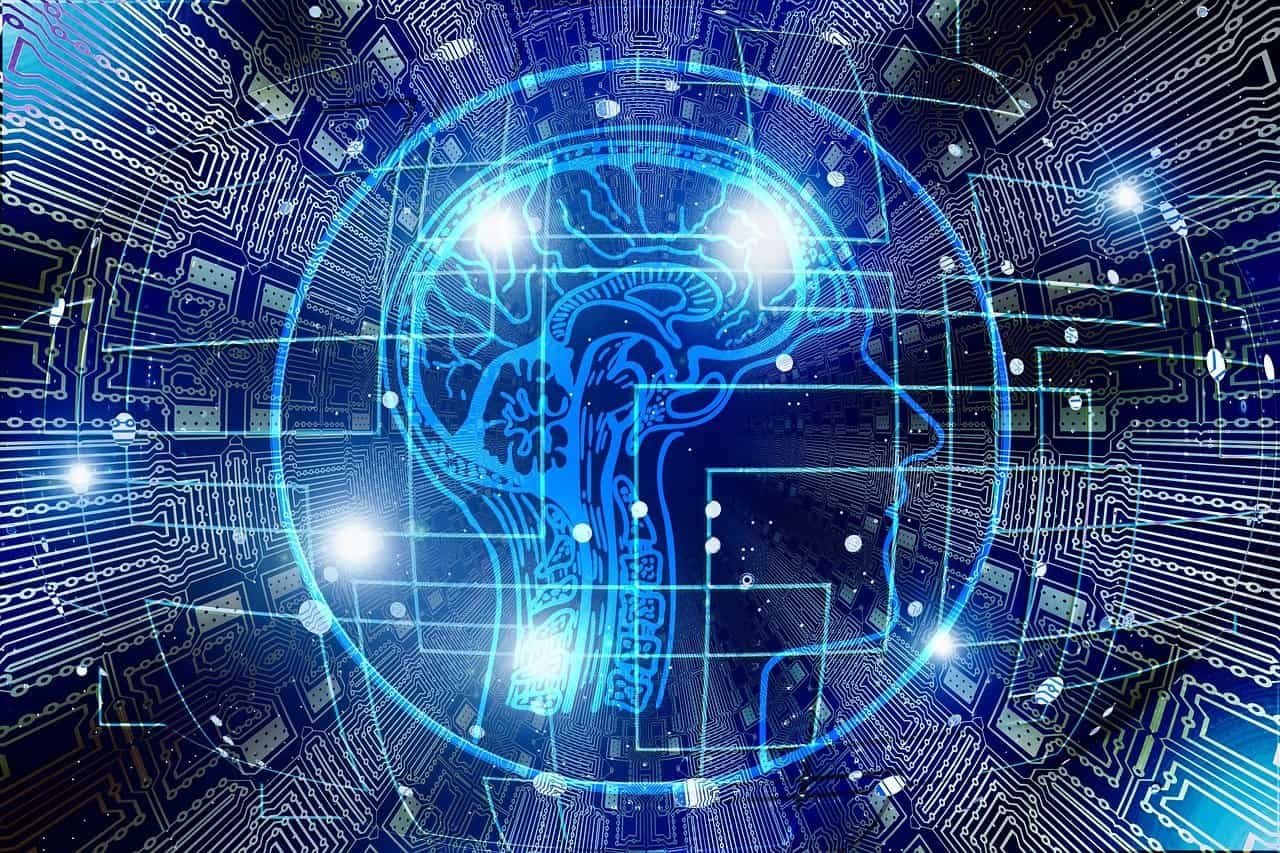Neuropsychology
Neuropsychology is the scientific study of the relationship between the brain and behavior. It focuses on understanding how brain functions impact cognitive, emotional, and behavioral processes.
By investigating the neurological basis of behaviors and cognitive functions, neuropsychologists contribute to the assessment, diagnosis, and treatment of various neurological conditions and disorders.
This field integrates knowledge from psychology, neuroscience, and medicine to unravel the complex interplay between the brain and behavior.
Neuropsychological research also plays a crucial role in advancing our understanding of brain function, and in developing innovative interventions to improve the lives of individuals with neurological impairments.
Key Takeaways
- Neuropsychology is the scientific study of the brain-behavior relationship.
- Brain imaging techniques like fMRI and PET provide insights into emotional processing and behavior.
- Standardized measures are used in neuropsychological assessments to diagnose cognitive deficits.
- Various treatment approaches and interventions are employed in neuropsychology to address cognitive and behavioral challenges.
History of Neuropsychology
The history of neuropsychology traces the development and evolution of the field’s understanding of the relationship between the brain and behavior. Neuropsychology has a rich history, with significant historical developments and key figures who have shaped its trajectory.
One of the earliest key figures in the field of neuropsychology was Thomas Willis, a 17th-century English physician who is often considered the father of neurology. Willis made substantial contributions to the understanding of the brain’s anatomy and its connection to cognitive and behavioral functions.
Another pivotal moment in the historical development of neuropsychology was the famous case of Phineas Gage in the 19th century. Gage’s case, in which an iron rod impaled his skull, resulting in significant behavioral changes, provided important insights into the localization of brain function and the relationship between brain trauma and behavior.
The 20th century saw further advancements in neuropsychology, particularly with the groundbreaking work of Paul Broca and Carl Wernicke. Broca’s discovery of the brain region responsible for speech production, known as Broca’s area, and Wernicke’s identification of the area related to language comprehension, known as Wernicke’s area, were monumental in solidifying the link between specific brain areas and distinct cognitive functions.
These historical developments and key figures have laid the foundation for modern neuropsychology, influencing the way researchers and clinicians understand and approach the intricate relationship between the brain and behavior.
Brain-Behavior Relationships
The relationship between brain function and behavior is a fundamental aspect of neuropsychology. Understanding how cognitive processes such as memory, attention, and language relate to behavior provides insights into the underlying neurological mechanisms.
Brain Function and Behavior
Frequently, neuropsychologists study the intricate relationships between brain function and behavior, seeking to understand the complex interplay between the two. One approach to investigate these relationships is through brain imaging techniques, such as functional magnetic resonance imaging (fMRI) and positron emission tomography (PET). These techniques allow researchers to observe brain activity while individuals engage in tasks related to emotional regulation, providing valuable insights into the neural mechanisms underlying emotional processing and its impact on behavior. Understanding these brain-behavior relationships is crucial for developing interventions to address emotional dysregulation in various neurological and psychiatric conditions. The table below summarizes some common brain imaging techniques used in the study of brain function and behavior.
| Brain Imaging Techniques | Description |
|---|---|
| fMRI | Measures brain activity by detecting changes in blood flow. |
| PET | Tracks metabolic processes in the brain by detecting radioactive tracers. |
| EEG | Records electrical activity in the brain through electrodes placed on the scalp. |
Cognitive Processes and Behavior
Cognitive processes play a fundamental role in shaping human behavior and are closely intertwined with brain function. Cognitive development, the construction of thought processes, including problem-solving, decision-making, and perception, significantly influences behavior.
As individuals mature, their cognitive processes evolve, impacting their understanding of the world and subsequently, their behavior. Additionally, emotional regulation, a critical aspect of cognitive function, directly affects behavior. The brain’s ability to regulate emotions influences how individuals respond to and interact with their environment.
Research indicates that disruptions in cognitive development and emotional regulation can lead to behavioral issues. Understanding the intricate relationship between cognitive processes and behavior provides valuable insights for clinical interventions aimed at addressing behavioral challenges associated with cognitive and emotional dysregulation.
Assessment and Diagnosis
When conducting neuropsychological assessments, it is essential to use standardized measures to ensure accuracy and reliability in diagnosing cognitive deficits. These assessments involve the use of various assessment tools and diagnostic criteria to evaluate an individual’s cognitive functioning. The table below provides an overview of some commonly used assessment tools and their respective diagnostic criteria in neuropsychological evaluations.
| Assessment Tool | Diagnostic Criteria | Purpose |
|---|---|---|
| Mini-Mental State Examination (MMSE) | Cognitive impairment, dementia | Screening for cognitive impairment and dementia |
| Wechsler Adult Intelligence Scale (WAIS) | Intellectual functioning, cognitive strengths and weaknesses | Comprehensive assessment of intellectual abilities |
| Rey-Osterrieth Complex Figure Test | Visuospatial and constructional abilities, memory impairment | Assessing visuospatial and constructional skills and memory functioning |
| Trail Making Test | Executive functioning, visual attention, task switching | Evaluating cognitive flexibility, attention, and executive functioning |
These assessment tools, along with others, play a crucial role in identifying cognitive deficits, determining the nature and extent of impairments, and guiding appropriate interventions. Additionally, they help in tracking changes in cognitive functioning over time and measuring the effectiveness of treatment. By utilizing standardized measures and diagnostic criteria, clinicians can ensure the accuracy and reliability of their assessments, ultimately leading to more precise diagnoses and tailored interventions for individuals with cognitive deficits.
Neurological Disorders and Conditions
Neuropsychology encompasses the study and assessment of various neurological disorders and conditions that affect cognitive functioning and behavior. Neurological disorders refer to diseases or conditions that affect the central and peripheral nervous systems, including the brain, spinal cord, and nerves. These disorders can have a significant impact on an individual’s cognitive abilities, emotional regulation, and overall quality of life. Common neurological disorders and conditions studied in neuropsychology include traumatic brain injury, stroke, epilepsy, neurodegenerative diseases (e.g., Alzheimer’s, Parkinson’s), multiple sclerosis, and brain tumors, among others.
Understanding the neural mechanisms underlying these neurological disorders is crucial in developing effective interventions and treatments. One key concept in this domain is brain plasticity, which refers to the brain’s ability to reorganize itself by forming new neural connections throughout life. Research in neuropsychology has shown that the brain’s plasticity plays a fundamental role in recovery and rehabilitation following neurological damage or disease. By understanding the principles of brain plasticity, neuropsychologists can develop targeted interventions to promote cognitive and functional recovery in individuals with neurological disorders.
Furthermore, the assessment and diagnosis of neurological disorders and conditions often involve comprehensive neuropsychological evaluations. These assessments aim to characterize the cognitive, emotional, and behavioral changes associated with specific neurological conditions, providing valuable information for treatment planning and rehabilitation. Through evidence-based assessments and interventions, neuropsychologists play a critical role in helping individuals with neurological disorders optimize their cognitive functioning and overall well-being.
Treatment Approaches and Interventions
In the field of neuropsychology, various treatment approaches and interventions are employed to address cognitive and behavioral challenges.
These approaches include Cognitive Behavioral Therapy (CBT), which focuses on changing negative thought patterns and behaviors.
Pharmacological interventions are also utilized, aiming to manage symptoms through medication.
Additionally, neurofeedback and biofeedback techniques are employed to train individuals to regulate their brain activity and physiological responses.
These techniques offer promising avenues for intervention.
Cognitive Behavioral Therapy
Cognitive Behavioral Therapy (CBT) has emerged as a leading treatment approach and intervention in neuropsychology over the past several decades. It is grounded in the principles of cognitive restructuring and behavior modification, aiming to address maladaptive patterns of thinking and behavior.
Key components of CBT include:
-
Collaborative Empiricism: Therapist and client work together to identify and evaluate thoughts and behaviors.
-
Homework Assignments: Clients engage in activities between sessions to reinforce learning and practice new skills.
-
Behavioral Activation: Encourages clients to participate in enjoyable or meaningful activities to counteract depression or anxiety.
-
Exposure Therapy: Gradual and controlled exposure to anxiety-inducing stimuli to reduce avoidance and fear.
-
Relapse Prevention: Developing strategies to maintain treatment gains and prevent future setbacks.
CBT’s evidence-based nature and focus on changing cognitive and behavioral patterns have made it a cornerstone of neuropsychological interventions.
Pharmacological Interventions
Pharmacological interventions in neuropsychology often complement cognitive and behavioral therapies, providing an additional avenue for addressing neurological and psychological disorders. Recent pharmacological advancements have led to the development of therapeutic medications that target specific neurotransmitter systems, offering new possibilities for treating conditions such as depression, anxiety, ADHD, and schizophrenia. These medications can modulate neurotransmitter levels, receptor activity, and synaptic function, leading to improvements in cognitive and emotional functioning. Below is a table highlighting some commonly used therapeutic medications in neuropsychology:
| Medication | Neurological Disorder | Mechanism of Action |
|---|---|---|
| Selective Serotonin Reuptake Inhibitors (SSRIs) | Depression, Anxiety | Inhibits serotonin reuptake, increasing synaptic levels |
| Methylphenidate | ADHD | Enhances dopamine and norepinephrine activity |
| Antipsychotics | Schizophrenia | Blocks dopamine receptors, reducing psychotic symptoms |
| Benzodiazepines | Anxiety | Enhances the effects of GABA, a calming neurotransmitter |
Neurofeedback and Biofeedback
Neurofeedback and biofeedback therapies offer quantifiable methods for addressing neurological and psychological disorders, providing targeted interventions for improving cognitive and emotional functioning.
Neurofeedback benefits individuals by training the brain to regulate activity, enhancing attention, memory, and emotional stability.
Biofeedback techniques enable individuals to gain awareness and control over physiological processes, such as heart rate variability and muscle tension, leading to reduced anxiety and stress.
These interventions are non-invasive and have shown promise in treating conditions like ADHD, anxiety, depression, and PTSD.
They empower individuals to actively participate in their treatment, promoting self-regulation and enhancing overall well-being.
Additionally, neurofeedback and biofeedback have been found to be effective in optimizing peak performance in athletes, executives, and performers, contributing to their mental resilience and focus.
Research Methods in Neuropsychology
In the field of neuropsychology, research methods have evolved over time to encompass a wide range of techniques for investigating the relationship between brain function and behavior. These methods include experimental design, statistical analysis, neuroimaging techniques, and case studies. Each method offers unique insights into the complex workings of the brain and its impact on behavior.
| Research Method | Description | Advantages |
|---|---|---|
| Experimental Design | Involves manipulating variables to observe their effects on behavior and brain function | Allows for causal inferences |
| Statistical Analysis | Utilizes quantitative methods to analyze data and determine the significance of findings | Provides objective evaluation of results |
| Neuroimaging Techniques | Utilizes various imaging technologies such as fMRI, PET, and EEG to visualize brain structure and activity | Offers non-invasive insights into brain function |
| Case Studies | In-depth examination of individual cases to understand the relationship between brain function and behavior | Provides detailed qualitative information |
Experimental design allows researchers to establish cause-and-effect relationships between brain function and behavior. Statistical analysis ensures that findings are based on objective and rigorous evaluation of data. Neuroimaging techniques provide non-invasive insights into the structural and functional aspects of the brain. Case studies offer detailed qualitative information that can complement quantitative data. By employing a combination of these research methods, neuropsychologists are able to gain a comprehensive understanding of the intricate interplay between the brain and behavior.
Future Directions in the Field
Advancing beyond the established research methods, future directions in the field of neuropsychology will involve integrating innovative technologies and interdisciplinary approaches to further elucidate the intricate relationship between brain function and behavior. The following key areas will shape the future of neuropsychology:
-
Technological Advancements: The field will increasingly harness advanced neuroimaging techniques such as functional magnetic resonance imaging (fMRI), magnetoencephalography (MEG), and positron emission tomography (PET) to gain a deeper understanding of brain structure and function in both health and disease.
-
Neuroscience Collaboration: Collaborations between neuropsychologists, neuroscientists, and other related disciplines will expand, leading to a more comprehensive and holistic approach to studying the brain and behavior. This interdisciplinary approach will facilitate the integration of knowledge from various fields, ultimately advancing our understanding of the complexities of the brain.
-
Ethical Considerations: As technological advancements continue to accelerate, ethical considerations regarding the use of emerging technologies, such as brain-computer interfaces and genetic manipulations, will become increasingly important. Neuropsychologists will need to navigate these ethical considerations to ensure responsible and impactful research.
-
Global Impact: The global reach of neuropsychology will expand, with studies focusing on diverse populations and cultures. This will lead to a more comprehensive understanding of the universality and cultural specificity of various neuropsychological phenomena, informing more effective interventions and treatments worldwide.
Conclusion
In conclusion, the field of neuropsychology has a rich history and continues to explore the complex relationships between the brain and behavior.
Assessment and diagnosis methods have evolved, leading to better understanding and treatment of neurological disorders and conditions.
Treatment approaches and interventions are continually being refined, and research methods in neuropsychology are advancing.
Future directions in the field hold promise for further advancements in our understanding of the brain and its impact on behavior.







